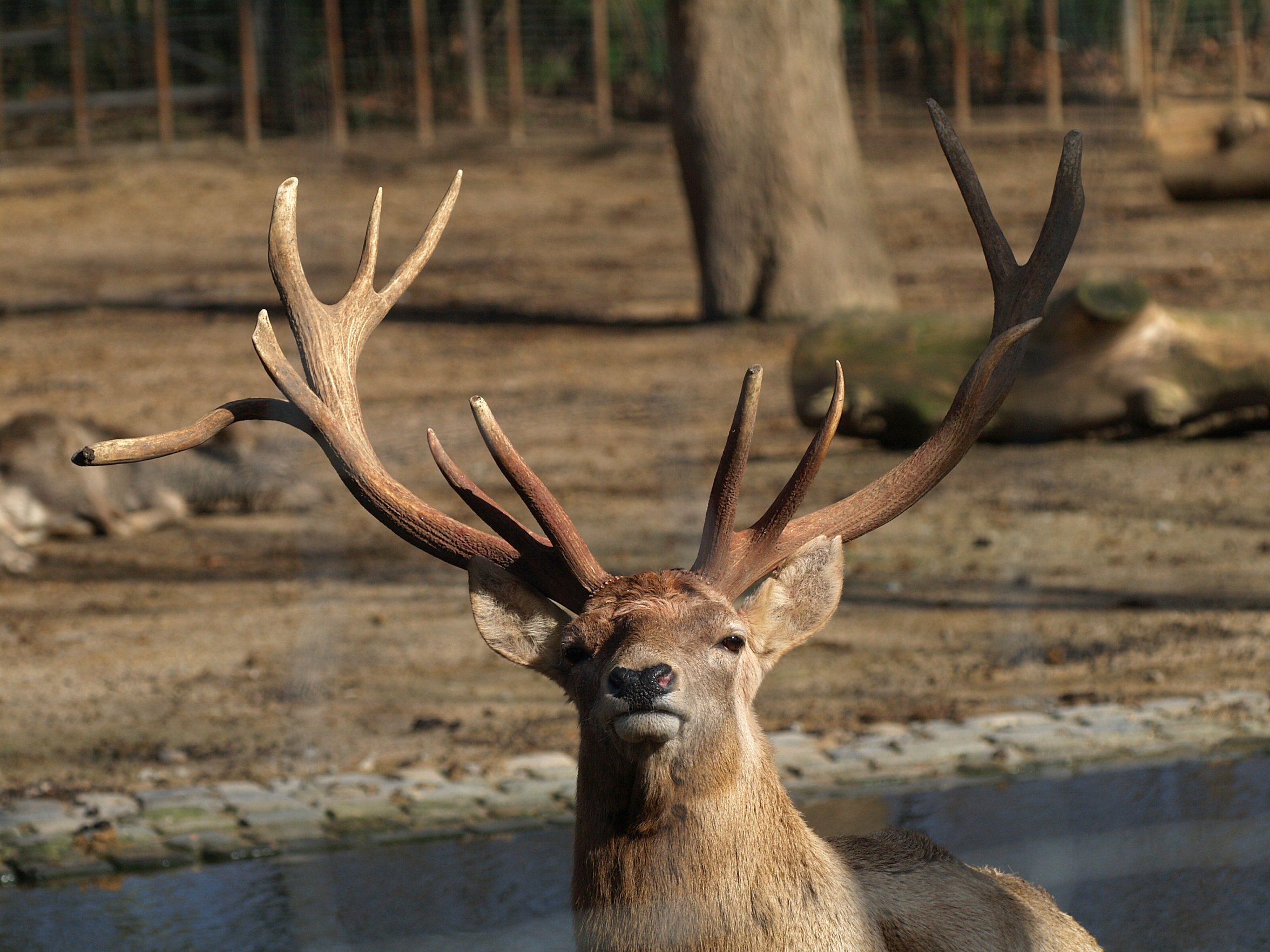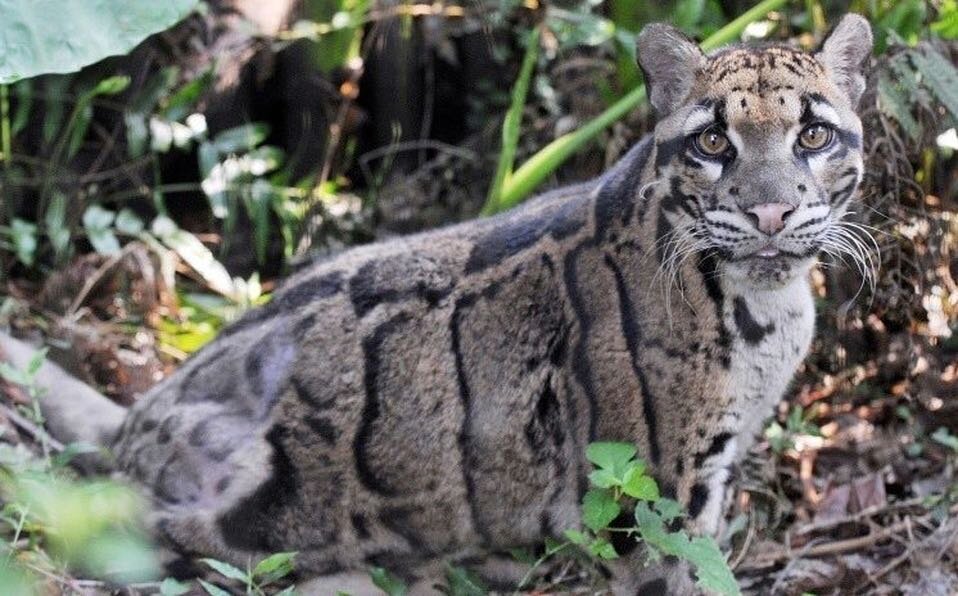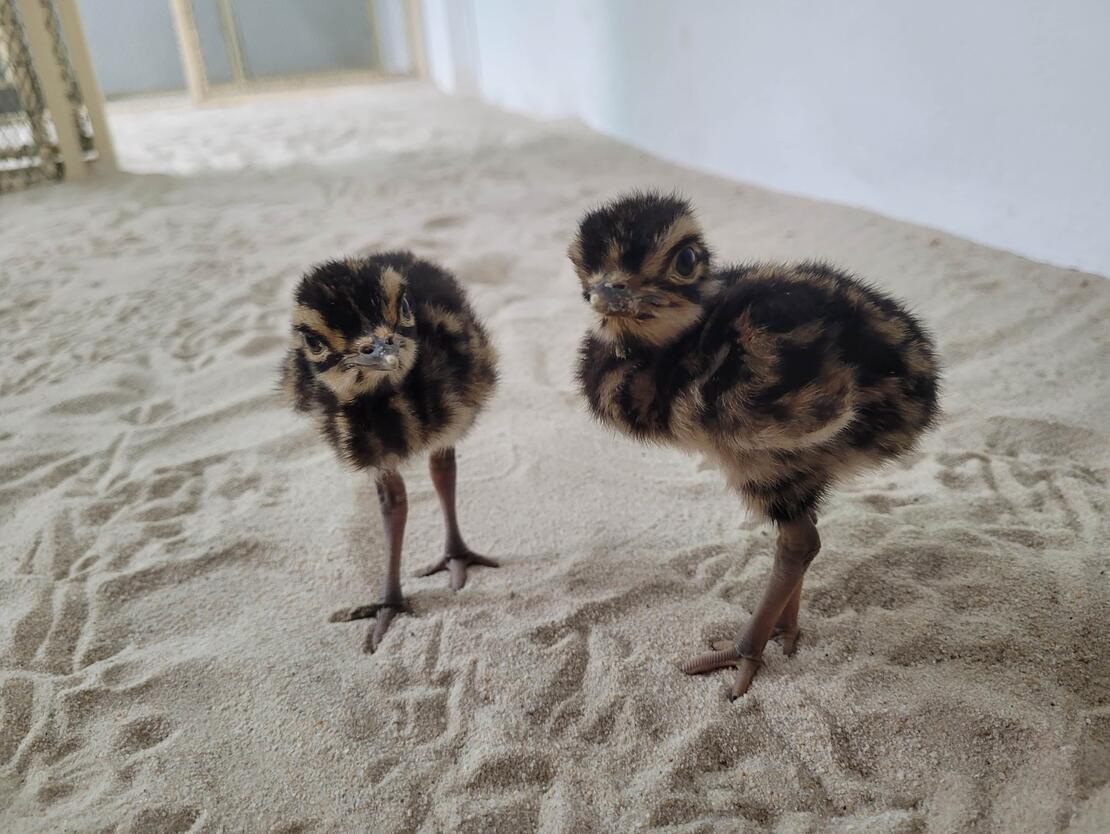Monday, December 23rd, 2019. “A year of incredible species action” raves the International Union for the Conservation of Nature. (IUCN) of 2019. December 31st will mark the end of a year that saw conservation battles fought and won, projects moving in the direction of accomplishment, and even species returning from the River Styx after being extinct.
The year’s incredible accomplishments are best described in the results of long-time and ongoing conservation stories near and dear to the hearts of many – the tiger and the island of Madagascar.
The tiger, hunted almost to extinction in many Asian countries, and Madagascar, the Darwinian playground of evolution that has seen about 40% of original forest-cover lost in the last 70 years, have attracted support and international conservation initiatives for years.
Here’s why 2020 – for the lemur and tiger – looks to be a great year.
Madagascar’s Lemurs
Deforestation and fires have decimated critical lemur habitat. The entire family – around 100 different species – of charismatic tree-leapers are very sensitive to habitat loss, especially the critically endangered species like the black-and-white ruffed lemur and the greater bamboo lemur.
Expanding current native and commercial tree nurseries – while simultaneously creating two new ones has insured the yearly tree production reaches the goal of 500,000.
Furthermore, grants have allowed the IUCN to help establish locally-led community initiatives. As World at Large reported in September, one project team worked with the Bara people to reduce lemur hunting by village-level awareness-raising, forest patrols, and poverty reduction; and to stop fires entering endangered lemur habitat with firebreaks.
In 2019, together with 160 Bara people mobilised by the Lonaky (their tribal leaders), the community installed almost 4 miles of firebreaks.
Another community-focused strategy to help lemurs thrive has been the establishing grassroots organizations to memorize and help enforce land laws, and of teacher training workshops and conservation camps held in 12 primary schools and a new high school in lemur dense areas.
Back on the Prowl
Tigers, undoubtedly one of the most incredible and charismatic animals on earth, are recovering all across their range.
Back in July, India completed their 2019 tiger survey, concluding that the population of tigers in India has risen for the third consecutive year, and also reached or exceeded 3,000 individuals. That makes India home to 70% of the world’s wild tiger population.
A study – the first of its kind – aims to track the use of high-altitude Himalayan ecosystem by tigers in range countries like Nepal and Bhutan in the face of a changing climate. Since high-altitude mountains have such hydrological and ecological import, scientists from India, Nepal, and Bhutan are conducting a large-scale study on land-use by humans and high-altitude habitat use by tigers in order to help avoid conflict.
Westward in Kazakhstan, the government has embarked on a massive rewilding project in the Ili-Bukhash Nature Reserve centered on the shores of Lake Balkhash in the southeast of their nation. Here they have been increasing protection for species like the goitered gazelle, and reintroducing others like the majestic Bukhara deer.
All of this has been done in preparation for the day when they can use some of Russia’s Amur tigers and create the wilderness area as it would have been before humans caused the local Caspian tiger to become extinct.
Lacosteable
On the International Day for Biological Diversity in 2019, Lacoste launched a new line of limited edition polo-shirts featuring ten threatened species. The ten species not only took over the crocodile’s spot on the Lacoste polos, but also every inch of nine Lacoste stores worldwide as well as the online shop.
One of the species is the Burmese roofed turtle. The only surviving wild population of Burmese roofed turtles consists of less than ten adult females and an unknown (but likely few) number of males in a remote stretch of the upper Chindwin River. The turtles are imperiled by loss of critical nesting habitat such as sandbanks, incidental loss to fishing gear, and occasional illegal harvesting of eggs.
Turtle Survival Alliance received grants from Lacoste to support the restoration of the Burmese roofed turtle to the Chindwin River in Myanmar. The project focuses on recruiting juvenile turtles into the wild population both by introducing captive-bred turtles and by protecting and incubating eggs laid by the remaining wild female turtles.
In March, 51 baby turtles were hatched, promising new hope for a species hanging on by a thread.
Ghosts on Taiwan
One of the most spectacular big cats ever to walk the earth is perhaps not as extinct as previously thought. Alangyi Village rangers recently spotted what they believed to be a Formosan clouded leopard hunting goats on a cliff in Taitung County’s Daren Township in southeast Taiwan.
Kao Cheng-chi, President of the Association of the Austronesian Community College Development Association and village chief of the Paiwan Tribe, said that in June of last year, the Alangyi Village set up a team of rangers to patrol traditional areas.
One ranger described clearly seeing a leopard climbing a tree, before scrambling up a cliff to hunt goats. Another team member described seeing a leopard darting past a scooter before scurrying up a tree and going out of sight.
These signs were immensely encouraging to the rangers, and after the sighting the Alangyi tribal community immediately petitioned the Forestry Bureau to cease all logging and disruptive activities and to help them enforce the prohibition of outsiders entering the region.






